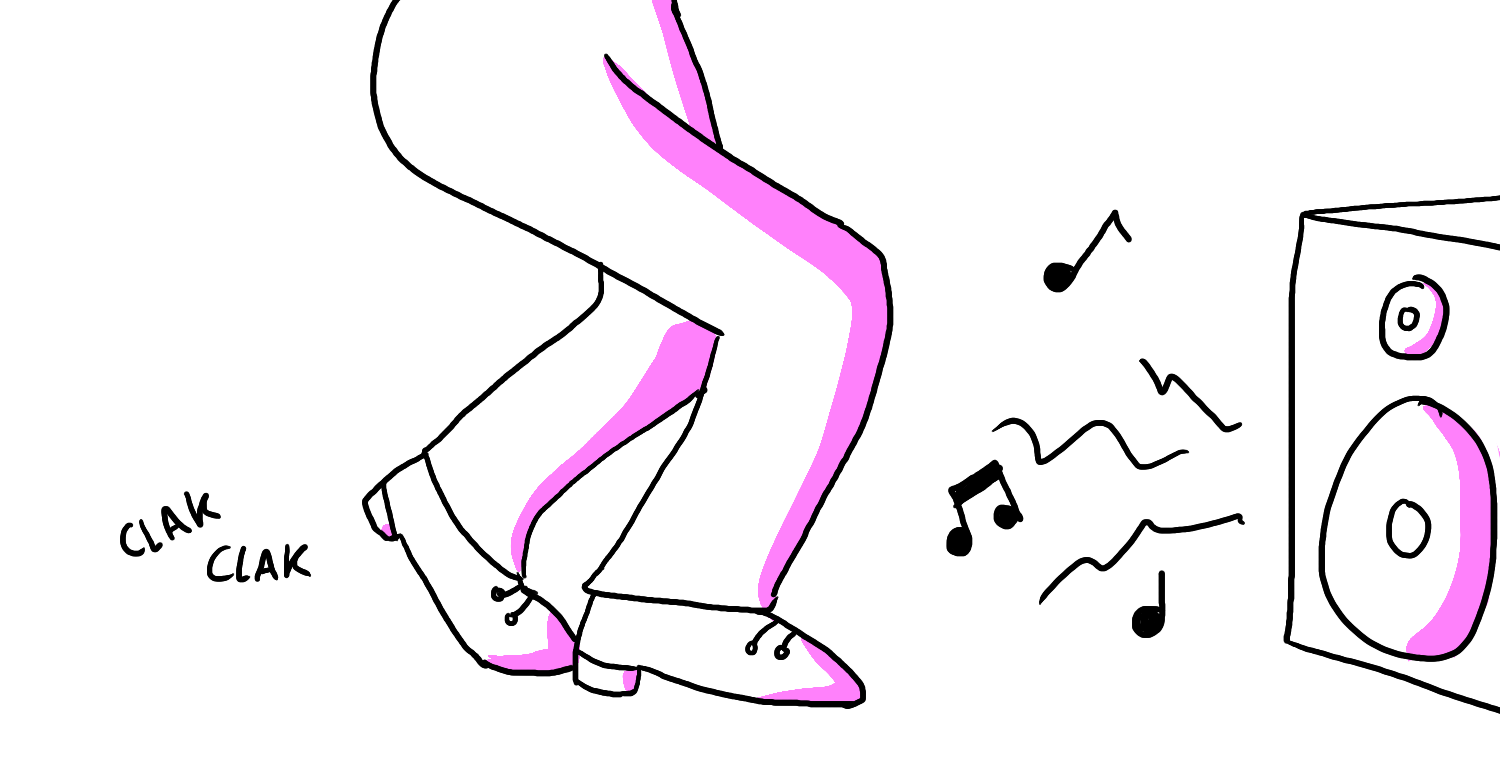If you’re designing a learning experience and it seems like the participants are still not getting it, you might be suffering from the curse of knowledge. In a dance class this week, the instructor expressed something that turned on a few lightbulbs among the students: the steps are not the same as the beat. So where’s the curse? Let me explain.
Due to a very specific set of circumstances, I have repeated the first two levels of swing dance classes several times at different schools. For those who have done dance classes before, perhaps flashes of students stomping around repeating “step, step, triple step, step, step…” gives you some PTSD. Initially it did that for me as well. But then I realized I was sitting on an opportunity to be exposed to many different permutations of what instructors at these levels tend to explain. I’ve come to realize instructors in these contexts often misunderstood one of the most common questions asked by a dance student: “Am I doing this right?”
In many cases, instructors answer this question through some combination of having the student slow down and doing the steps more carefully. They then praise the learner for hitting all the steps, but get confused when the music comes raging back in, and that student invariably doesn’t nail it then feels bad about themself. What I’ve started to notice that some dance instructors fail to recognize many of their students don’t know much about music, let alone dance. Since dance is so dependent on timing, novices attempting to learn steps without an understanding of beat and rhythm makes it much more difficult. That’s where the instructor’s curse of knowledge comes in.
It’s a phenomenon where experts in any subject may forget what it’s like to not understand foundational topics. They might not even remember what counts as foundational. In this case, beat and rhythm are like the 1 + 1 of dancing. So how can the instructor effectively address a novice dancer’s question?
In these contexts, some diagnostic steps might be required. These could be explicit questions asked of the learner or, in the case of something physical like dance, inferred with some careful observation. When the music is playing, does the instructor see the student moving in time with the beat, but getting their footing all wrong? Or are is the student nailing all the steps, but ignoring the music? Simply noticing these details could give the instructor insight into how to answer that student’s question later when they inevitably ask again: “Am I doing it right?”
Last week, when a particularly off-beat student asked for the 5th time if they were doing the steps right, the instructor finally answered “remember, the steps are not the same as the beat.” This was met with a resounding group “ooooooooooh”, and the instructor adeptly responded to this reaction with a quick demo of beat vs. steps. Fortunately this was caught early on, but it was still several weeks into the course. It’s always been remarkable to me how rarely introductory dance classes address musicality.
Watching beginners is a fascinating study in how our brain forms foundations necessary for moving up a skill ladder. Developing a curiosity for this and observing it keenly can become a superpower for people who design learning experiences of any kind.
